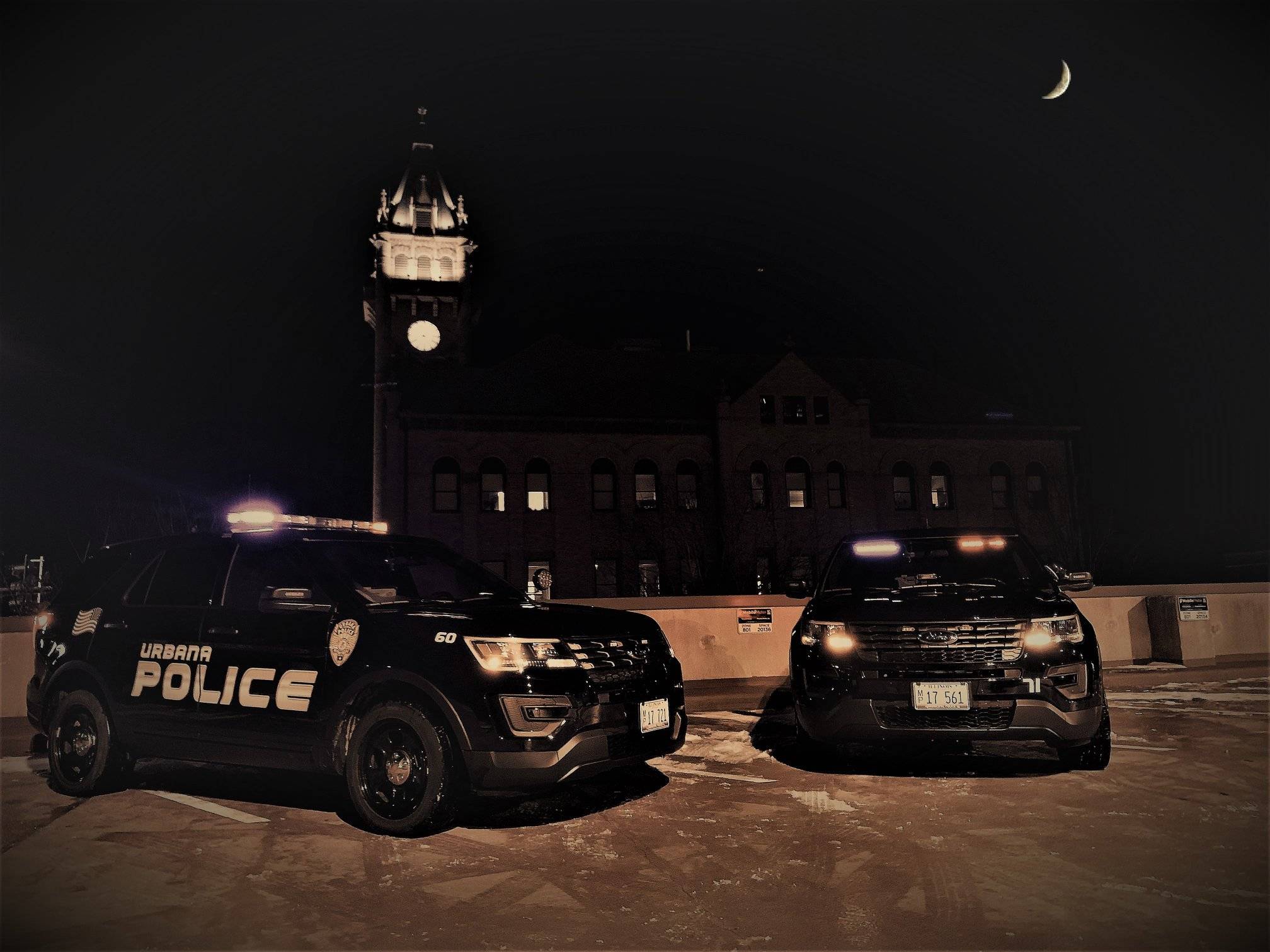The recent killing of Black people by local police, including the prominent murders of George Floyd, Breonna Taylor, and Rayshard Brooks, has rocked our nation. Black Lives Matter has organized protests throughout the country, including Champaign-Urbana. It is now time to peer into our own policing backyard; namely, Urbana’s 16-year effort to address the documented over-policing of Black motorists to see if racial progress has been made at home.
In 2004 the State of Illinois started collecting traffic stop data from local law enforcement agencies throughout the state; 2019 is the 16th year this data has been collected and posted annually on the state’s IDOT website, entitled Illinois Traffic and Pedestrian Stop Study. (The 2019 data is not available on the IDOT website yet; you can view Urbana’s 2019 numbers here.) The purpose of reporting this data is to allow the local community to take action to remedy injustice if racial disparities in traffic stops exist.
Here is Urbana’s story.
There are four critical years (2004, 2010, 2015, 2019) that help explain why Urbana has failed in its response to reduce traffic stop racial disparities.
In 2004, a baseline was established; the first year data is collected and reported to the state. That year UPD reported 35% of its traffic stops involved African-Americans. Since African-American drivers compose significantly less than 35% of all drivers on Urbana streets, the initial data showed clear evidence that Black motorists were being over-policed by the UPD. Sadly, six years passed with no action taken by the city or UPD because they refused to accept or acknowledge the data as useful or valid.
In 2010, the percent of African-Americans composing traffic stops had risen to a 16-year high of 38%. African-Americans were now more than twice as likely to be stopped by the UPD as White drivers. At the time, the Human Relations Officer of the City of Urbana hired Tom Christoff to conduct a Traffic Stop Data Analysis of the years 2007-2009. His report found that on average 33.8% of all stopped motorists were Black. The report included 41 pages of data and charts, but no firm conclusions and no recommendations were made. Sadly, another five years pass with no substantive action taken by either the city or UPD.
In 2015, due to continued public pressure, the Urbana IDOT Traffic Stop Data Task Force, hand-picked by the mayor, gave its report to the City Council. The Task Force listed three possible explanations for the persistent traffic stop racial disparities: demographic and socio-economic differences; patterns of policing; racial profiling. The mayor, city council and UPD finally publicly acknowledged that racial disparities in traffic stops were real and conceded they were unacceptable. They vowed to “make a difference.” The city council approved and the UPD implemented a number of task force recommendations under the headings of statistics, policy and procedure, and community engagement. Many of these actions were only cosmetic in nature, but reinforced a public image that the over-policing of Black motorists was being addressed. Little action was taken to focus directly on individual officer conduct. Four years passed with a flurry of data, numerous council presentations, and renewed community out reach by the UPD.
In 2019 the UPD reported to IDOT that African-Americans composed nearly 34% of all Urbana’s traffic stops. What a shock! During 16 years the racial disparity dropped only 1%. That is statistically insignificant – meaning no real change has occurred.
How is that possible? Hours of time were spent discussing this issue, money was invested in data collection, officer training, and expanded community outreach. Yet nothing fundamentally changed in regard to racially biased policing.
It is important to note that during these 16 years Urbana has seen four different chiefs of police, three mayors, a total change of city council members, and most likely a majority of new police officers hired to the force. What does this suggest?
This strongly indicates that UPD culture has become institutionalized, and thus very difficult to change. The institution itself becomes incapable of seeing or accepting its shortcomings, much less able to honestly address them. Decades of minority over-policing have become seen as “normal” by the community. Individuals may not think of themselves as racist, but documented data shows the institution can behave as such. It is not enough for an individual to say, “I’m not a racist”, when they really need to say, “I am anti-racist”. This is a classic case of systemic racism before our very eyes. Years of effort by numerous well-intended people have resulted in no fundamental change to policing or diminishing of Urbana’s traffic stop racial disparity percentages.
What then is the answer?
Could it be as simple or difficult as expecting beat officers to change their traffic stop behavior? What if officers would make the following behavioral changes? Stop using traffic stops as a pretext to interrogate a driver or passenger, conducted traffic stops uniformly throughout the city, not sitting in minority neighborhoods longer than others, and delinking traffic stops from other policing activity such as calls for service, which have nothing to do with street safety or traffic law enforcement.
America must reckon with its past racial history. Communities must reckon with real local racial injustices. Both must have a change of soul to heal this egregious social wound. Police street behavior, a root cause of traffic stop disparities, must radically change. The new standard of policing should be fair and equitable treatment under the law for every citizen regardless of race. Anything less is unacceptable. Ongoing racial disparities are unacceptable.
Elected officials and police resistance to real policing reform must change. They can no longer deflect our attention from ensuring that all Black lives truly do matter.








